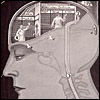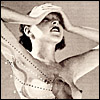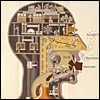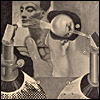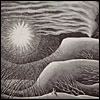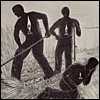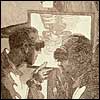
Dreaming the Industrial Body
Fritz Kahn's Modernist Physiology
In
the early 20th century, Fritz Kahn produced a succession of books on the
inner workings of the human body, using visual metaphors drawn from industrial
society—assembly lines, internal combustion engines, refineries,
dynamos, telephones, etc. The body, in Kahn’s work, was "modern"
and productive, a theme visually emphasized through modernist artwork.
Though his books sold well, his Jewishness, and public advocacy of progressive
reform, made him a target for Nazi attacks. Rescued by American agent
Varian Fry, along with other prominent Jewish scientists and intellectuals,
he was brought to America in 1940.
Dissection
Scenes and Fancies
Dreaming
Art Anatomy
The People's Anatomy
Dreaming
the Industrial Body
Next
Section: Reuniting
the Divided Self
Visible Human
U.S. National Library of Medicine, 8600 Rockville Pike, Bethesda, MD 20894
National Institutes of Health, Department of Health & Human Services
Copyright, Privacy, Accessibility
Last updated: 8 March 2004
|
